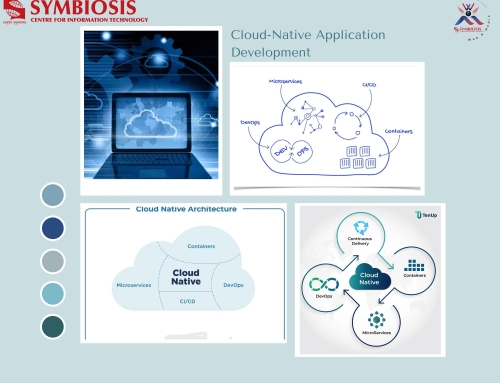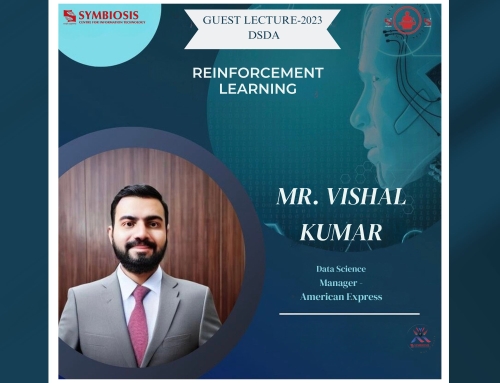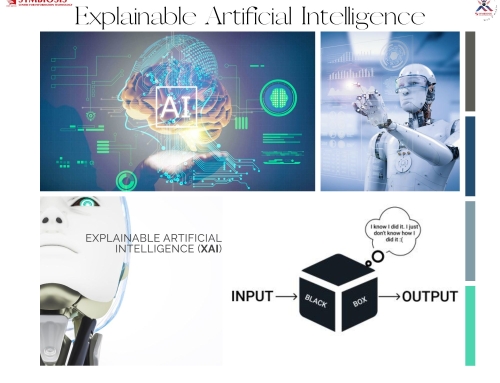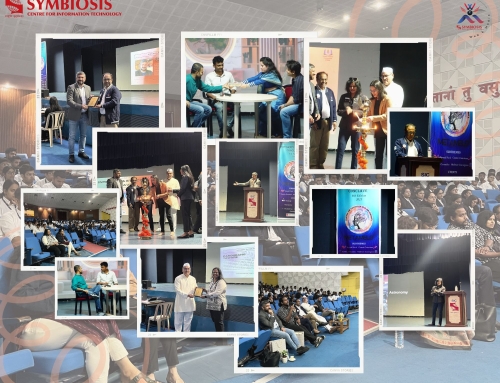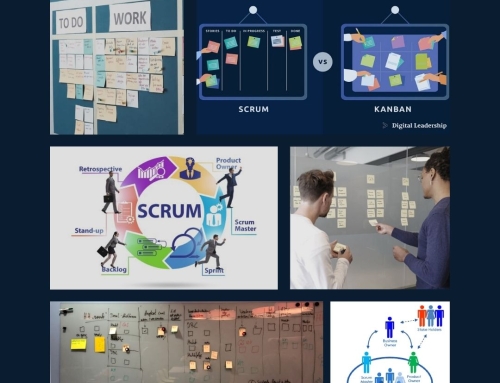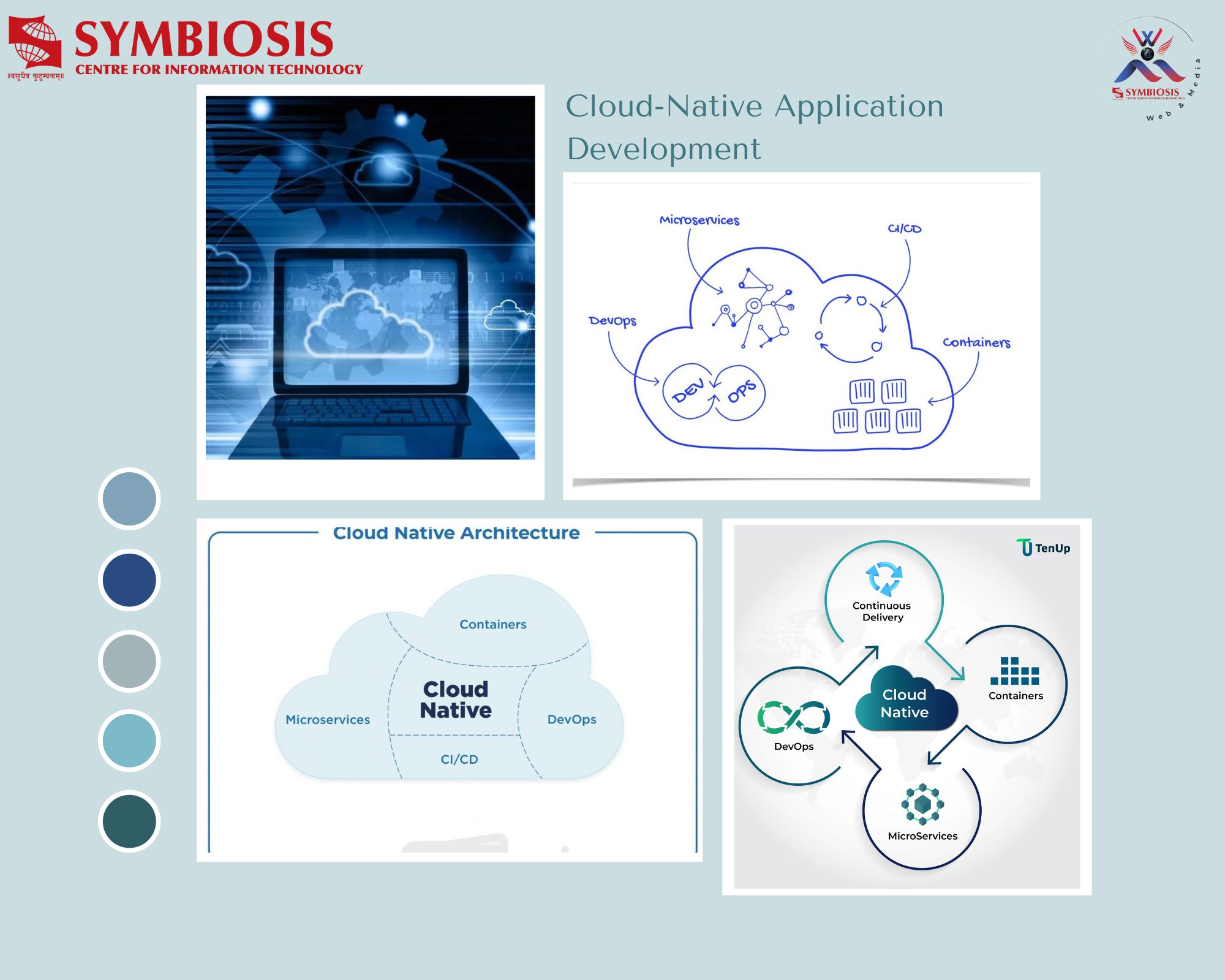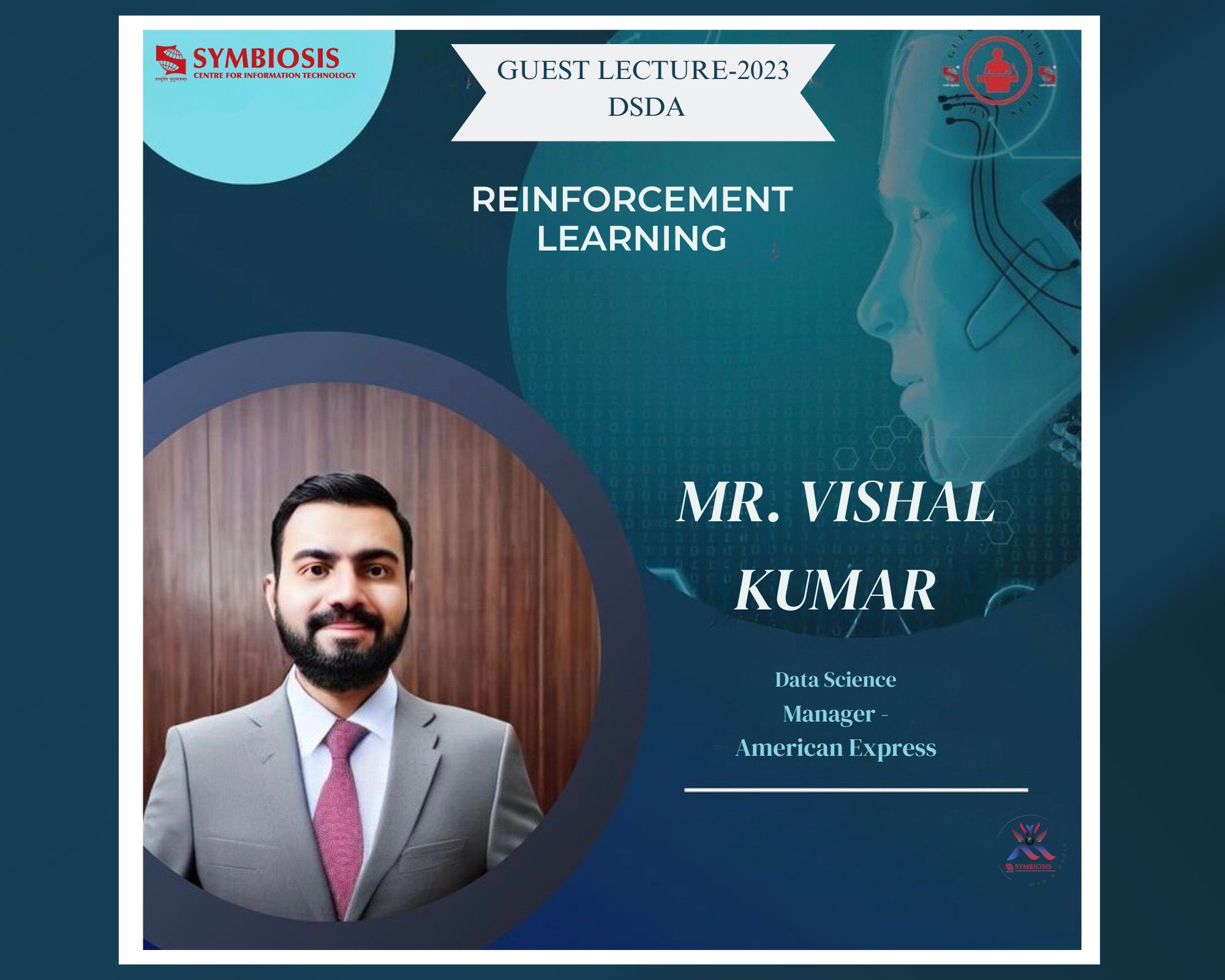HIRING WITHOUT FIRING

HIRING WITHOUT FIRING
“It is impossible to turn hiring into a science.”
There are many difficulties and “traps” involved in the hiring process. There can be many mistakes that get in the way of making the right choice in the hiring process, and also the system by which we can avoid those mistakes.
One of the biggest issues with hiring is that in today’s world, executives need a lot of qualities that cannot be expressed or stated on his or her resume. The dynamic nature of jobs also have a huge hand to play as requirements may come overnight and change just as rapidly. This again has the effect that with such rapid changes mistakes are easily noticed and caught on. The blame for this might come back to the recruiters head.
Further the opportunity to learn on the job is very low as requirements are to be met on very short notice and an executive coming into the job won’t have a lot of time to learn the ropes. The supply for good talented and experienced executives is steadily shrinking.
Mentioned below are some of the mistakes, which typically occur during hiring process:-
- The reactive approach: Hiring someone too different from the person who has just been fired. There is no guarantee that taking some totally different from the person who couldn’t do the job right will be the solution to getting it done.
- Unrealistic Specifications: Listing out a set of long and detailed requirements that cannot be practically fulfilled. The example given to this case is the search for someone who is a “high-energy doer” and a thoughtful analyst.
- Evaluating people in absolute terms: Giving specifications to a person’s achievements in absolute terms which can be interpreted in multiple ways. Such an analysis becomes difficult and can be interpreted in the wrong way too.
- Accepting people at face value: Internal qualities of a person cannot be assessed based on their resume or during an interview process. Candidates are almost always taken on face value. The long term fit of a person to an organization is ignored.
- Believing references: Trusting references without checking their credibility. Former bosses are generally very generous with their praise as they have nothing to lose.
- The “just like me” bias: Interviewers tend to rate people highly who they believe are very similar to them. This might have the bias that people like them should be good because after all they are good too in their own terms.
- Delegating gaffes: Assigning the most critical steps in the search process to ill trained or ill prepared staff could generate the wrong pool of applicants and selection from them would be difficult and often quite erroneous. Beyond the search process sometimes even the first round of interviews are done by junior staff that might not be competent enough or who might not know what the job actually requires.
- Unstructured Interviews: Preparing questions to reveal the competencies of the candidates on a common basis is quite important. This gives you a chance to get the qualities you want and also generate a basis of comparison. The disadvantage of conducting an unstructured interview is that the person may lead you towards topics he is comfortable with and in the process a deserving and qualified candidate might get rejected just because he cannot chit-chat very well.
- Ignoring emotional Intelligence: Failure to assess a persons emotional intelligence such as self-awareness, self-regulation, motivation, empathy etc. and judging him only on hard facts such as his academics and job history. Emotional IQ plays a very important role in getting the person who is not only fit for the job but also for the organization.
- Political Pressures: Hiring people who are referred or whom we have to hire because he is the VPs friend leads to bad choices. Hiring on such an agenda gives us no chance to pick a person who will fit the job and in fact a lot of deserving people miss out on opportunities.
To avoid these ten mistakes, hiring executives must be aware of these pitfalls and know how to sidestep them. This can be put in a three step process:
- 1. Why is the company hiring? Problem definition of what the job opening is trying to satisfy.
This requires the company to define the current and future requirements of the position. These requirements must be driven by the company’s strategy. A list or required competencies are also made and to check if the person understands the job requirements. A key competency that is entirely missing from the current job environment or is on short supply is moved to the top of this list.
- Generating a list of candidates.
Strategy to generate a pool of worthy candidates. Rather than go around advertising, it is far more effective to find someone who would know such strong candidates. Thus such recommendations would decrease the cost and the amount of time spent in the search.
- 3. Methodically evaluating the candidates
Conducting structured interviews that takes care of all the factors stated in the ten points above is the last important step. The number of interviews conducted could depend on the quality of the pool of candidates and the importance of the job. Selecting a long term employee would require more number of interviews to be conducted.
To sum up, hiring requires a systematic approach and discipline to follow it. Furthermore it also takes courage. It is easy to fall into any of the ten pitfalls and an executive must always be on the lookout for them.
Reference: Hiring Without Firing , The Magazine, HBR

